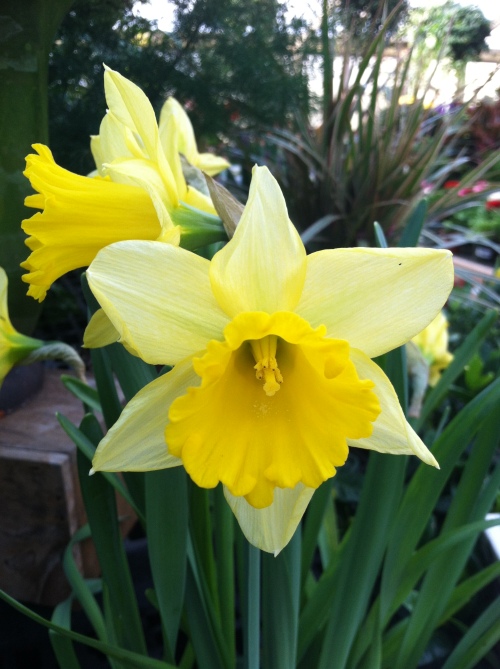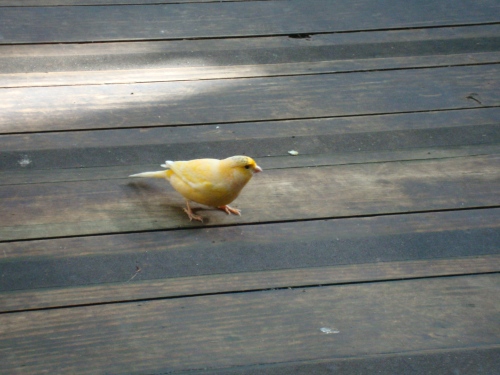We’re ashamed….
It has been exactly a month since we’ve posted anything here on our blog, and for that we are extremely sorry. The only thing that we can hope is that you are all spending as much time outside as we are – prepping and getting your gardens ready for the season!
We are still here, just working out butts off getting the greenhouses full and beautiful for the rush of May. Our yard is packed to the brim – so much that we don’t really know where to put everything, other than in your yards instead of ours. Hopefully you have all been in and noticed the changes, and if not, we hope to see you soon. This is what our parking lot looks like in the mornings before we open the gate for the day:

Just waiting to be unloaded.
Anyway, for now, we are excited to share our first guest post! Rachel is a Pennsylvania resident and worked with us for a summer a few years back. She has since moved on, but still loves to garden. She grows veggies every year from seed and holds a huge veggie seedling sale every Spring.
Today she wants to share a little bit of the do’s and don’ts when it comes to growing tomatoes.
– – – – – – – – –
Its that time of year where the average ‘Joe’ decides to turn into an expert green thumb and begin thinking about a vegetable garden. With visions of green healthy plants yielding bounds of fresh ripe vegetables, your family can be fed well for the entire summer! Think of the barbeques and picnics with all of your fresh produce… everyone knows a fresh, ripe home-grown tomato from your backyard garden is so much better than anything ever found in a store.

If you’ve ever tried gardening before, you know it’s a lot of work. You may find that some years yield a jubilant healthy crop, while other years you get next to nothing. Anyone who has ever tried growing tomatoes knows it can be one of the most satisfying yet frustrating things about your vegetable garden.
Here are a few tips to keep your garden and tomatoes healthy and happy during the growing and harvest season.
Do you plant your garden the same way every year? To avoid soil borne diseases: rotate your garden every couple years. Growing the same thing in the same spot each year doesn’t give your soil time to rid itself and break the disease cycle. Early blight could be one of those funguses sticking around from the prior year! Are there brown spots on the tomato plant leaves? This could be a sign of blight. Be sure to clean up prior debris and rotate you crops accordingly. Any plants affected by blight should not be used in your compost. The last thing you want is for the disease to hang around longer.

Consider having your soil tested locally to determine what fertilizer may be best. The content of your soil directly affects the growth of your plants. If your tomato plant’s leaves begin to yellow at the base of the plant, it could be a result of a nitrogen deficiency. Consider applying a nitrogen rich fertilizer, manure, or compost.

Tomatoes can be very temperamental if their climate or soil conditions change during the course of their plant life. Ever wonder why your tomatoes split and crack? This could be a result of rapid growth or over ripeness. When the soil experiences extreme moisture after being dry for some time, the tomatoes could split and crack. To keep your tomatoes from splitting, keep the soil moisture content as consistent as possible. If a rain storm is coming, consider picking tomatoes before the rain even if they aren’t at their peak ripeness.
One of the most frustrating instances is when you see a nice, plump, juicy tomato hanging on the vine and you turn it over to reveal the worst… blossom end rot. Once the tomato shows sign of blossom end rot, there’s no real chance in saving the tomatoes. Pick off the affected tomatoes and consider the source: what’s coming from the soil. Is your moisture content consistent? If your plant isn’t getting enough water it will have trouble carrying essential nutrients to its fruit. Plants with blossom end rot could be deficient in calcium, however, consider maintaining proper moisture levels in your soil before you go fertilizer crazy. Over fertilizing will just give you more problems than you started with. Test the nitrogen and pH level in your soil. Once these deficiencies are corrected, consider mulching under your plant to retain moisture and be sure your plants are getting the water they need.

Now that I’ve scared you with some of the most common tomato problems, I’m sure you’re rushing out to the store to buy your plants, cages, and gardening gloves. But in all sincerity, growing your own vegetables can be one of the most rewarding experiences of summer. I hope, now that you are aware of some of these common challenges, you will be more apt to try a few new things in helping your little plants to grow strong and healthy.




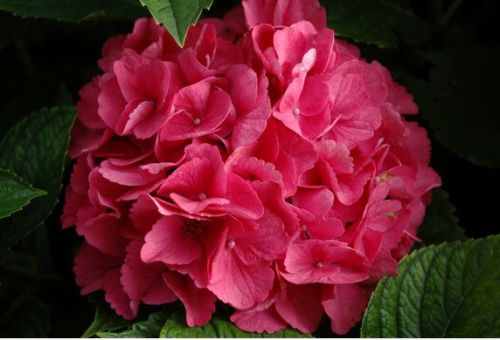
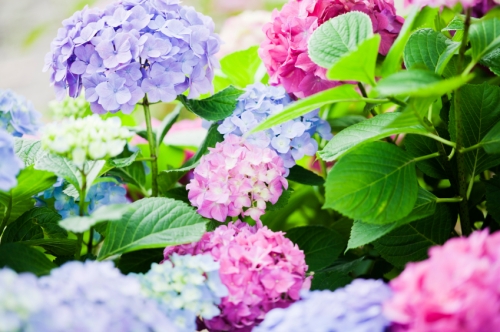





































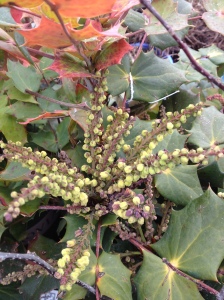

![IMG_2365[1]](https://morriscountyfarms.wordpress.com/wp-content/uploads/2013/03/img_23651.jpg?w=500&h=373)








